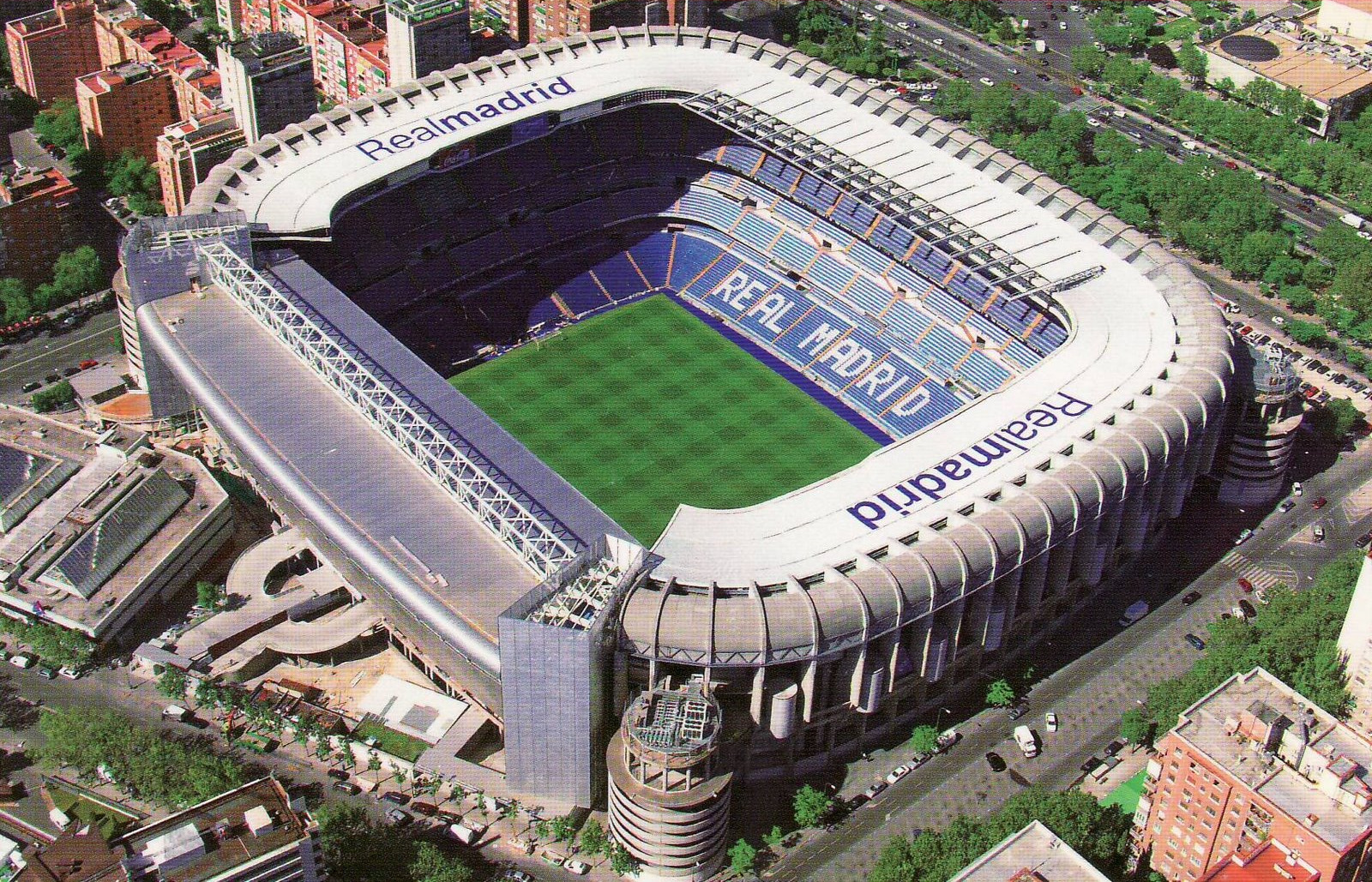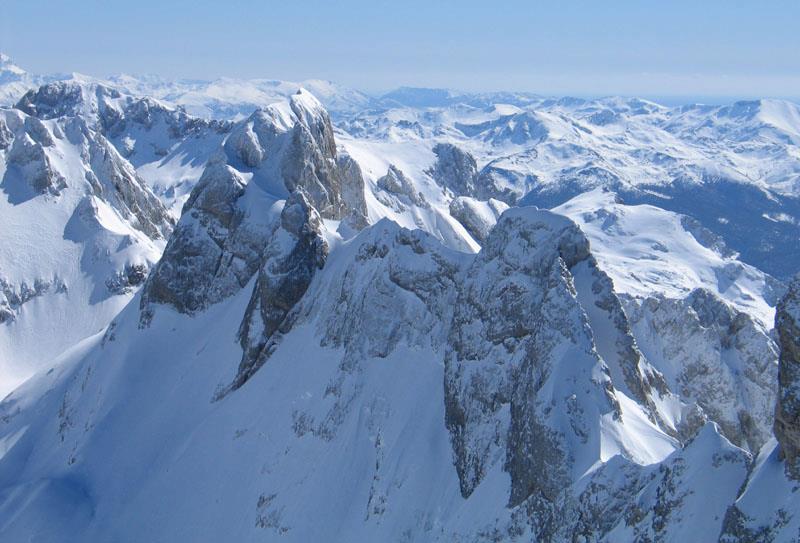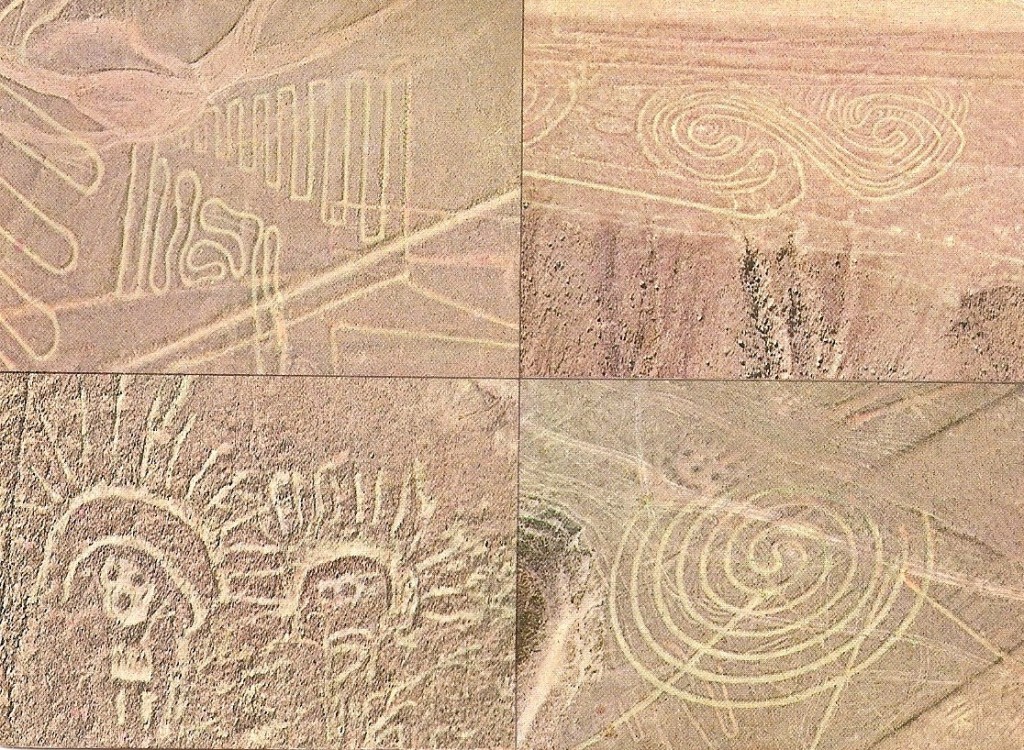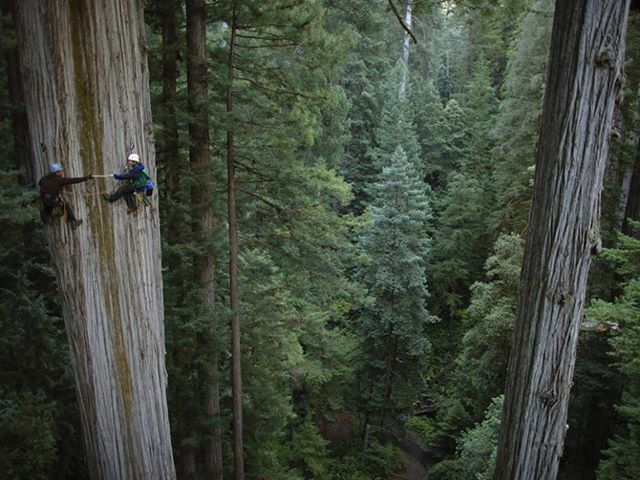
Extending majestic in an area of over 500 square kilometers Nazca River valley, south of Peru, in an area between the Pacific Ocean and the Andes are the Nazca Lines known. It is a series of lines, geometric designs and abstract pictograms that have remained unchanged for over a thousand years, defying science and archeology. These gigantic designs were not discovered until the late twenties to coincide with the first flights in the area, the reason is simple: the tracks are not visible from the ground.
This desert is the site of the famous and spectacular drawings of animals (birds, reptiles and cats), lines and geometric shapes, some visible from the ground and from the air other. There is an observation tower, but the best scenario is the air picture. It is believed that the drawings were made by ancient Peruvians around 1000 AD, although there are even traces indicating that the area was occupied from 300 BC The first explorations in the area, in 1926, were directed by Peruvian archaeologist Teodoro Mejía Xesspe, who believed that the lines were sacred paths made by the Nasca. Later, between 1939 and 1940, Dr. Paul Kosok of Long Island University, New York, suggested a possible link with astrology and noted that the lines could be part of an astrological calendar. In 1946, the German mathematician Maria Reiche, inspired by the thesis of Dr. Kosok, embarked on the difficult task of conducting studies and measurements of these enigmatic drawings.
Dr. Reiche proclaimed that Nasca is one of the most important monuments of the ancient Peruvians and one of the most significant pre-Columbian civilizations in the Americas. One impressive aspect of these figures is the scale of their designs, some giants and other relatively small, all showing perfect proportions that would have achieved artistic, according to Dr. Reiche, through a process using extension cords with predetermined measures excellent knowledge of geometry. After measuring and identifying the orientations of the moon and the sun in relation to the positions of the drawings, Dr. Reiche said were used to observe the horizon, represent constellations, seasons recognize and indicate the appropriate time for planting and harvesting.
Dr. Reiche on the meaning of each figure stated: «As I have mentioned a few times, even though there are different opinions about these drawings and their meanings, one thing is certain, is that the existence of these figures shows that the inhabitants of the Peruvian coast reached an unsuspected degree of culture. »
According to Maria Reiche add more than thirty until today geoglyphs found in Nazca Pampas. These marine and terrestrial animals, human figures and geometric.
The drawings are less in number compared to the geometric designs consisting of hundreds and hundreds of lines, triangles and quadrangles that cover large areas of land. His technique was careful construction by surveyors led past the hills and ravines lines without deviating from its original direction.
«The depth of the lines never exceeds 30 cm and some are simple scratches on the surface, but they can still be recognized when the sun is low and the relief is accentuated,» said Dr. Reiche.
Among the larger geoglyphs are a bird of nearly 300 m, a lizard of 180 m, 135 m a pelican, a condor of 135 m, 135 m and a monkey a spider of 42 meters. These dimensions are of admiration. Reiche says that «there is a bird so large that one can place on the tip of one wing and you can not even see the head, and the other wing, you can only receive a few lines on the ground, they would have to fly the area to be appreciated as a whole. » By contrast, the smallest figure found so far is a coil having a diameter of 3 meters. Almost half of the figures are constituted by spirals and concentric patterns of various sizes.
Among the animal designs are perceived in Nasca include: a whale, a dog with long legs and tail, two llamas, various birds like the heron, the crane, the pelican, the gull, the famous hummingbird and parrot. In the category of reptiles, a lizard, which was cut to build the American South, an iguana and a snake. On the other side are the towering figures of the monkey, the spider and the snail, among others.
Some figures:

The Lizard: measures 188 m long. Its hind legs were erased with the construction of the Pan, which divided the figure into two.

The Mono: Famous figure measures approximately 135 m and shows the animal with only nine fingers and a spiral-shaped tail. This is one of the most important figures and is believed to represent the Big Dipper.

The Spider: Figure of 46 m long that sits between a network of straight lines and is part of the edge of a huge trapezoid.

The Hummingbird: This is another most famous geoglyphs for its harmonious proportion. The distance between the ends of its wings, is 66 meters.

The Giant Bird: This figure, drawn by a trapezoid, shows a large snake-necked bird whose beak points to the rising sun. This huge bird has a total length of 300 m and a width of 54 meters is considered by scientists pampas scholars as the «announcer Inti Raymi» (Inca festival of sun worship), as if on the mornings of 20 to 23 June situáramos us on the head and we followed with his eyes the direction of its huge beak, we could see the sunrise, at exactly the point made by this address.
Maria Reiche says that the geometric drawings are composed of six basic elements: quads, triangles, two types of zigzag lines, oscillating lines and starry centers. To this we add the spiral figures, which appear very often.
Getting to the Nazca lines
By Air: Air Taxi (Lima-Ica-Nazca) and local overflight Nazca lines.
There are two airports in the department of Ica:
1) aerodrome near the Hotel Las Dunas 5 kms. Ica.
2) Aerodrome «Maria Reiche Neuman» at Km 447 of the South Pan-American Highway (Nazca).
By bus from Lima is eight hours away,
By car, from Lima on the Panamerican Highway south to the kilometer 303. The journey takes about 4 or 5 hours.
When to go: The Nazca Lines are located in the Peruvian coast, the summer season is from January to April is the most recommended (although there is little difference in the winter).









